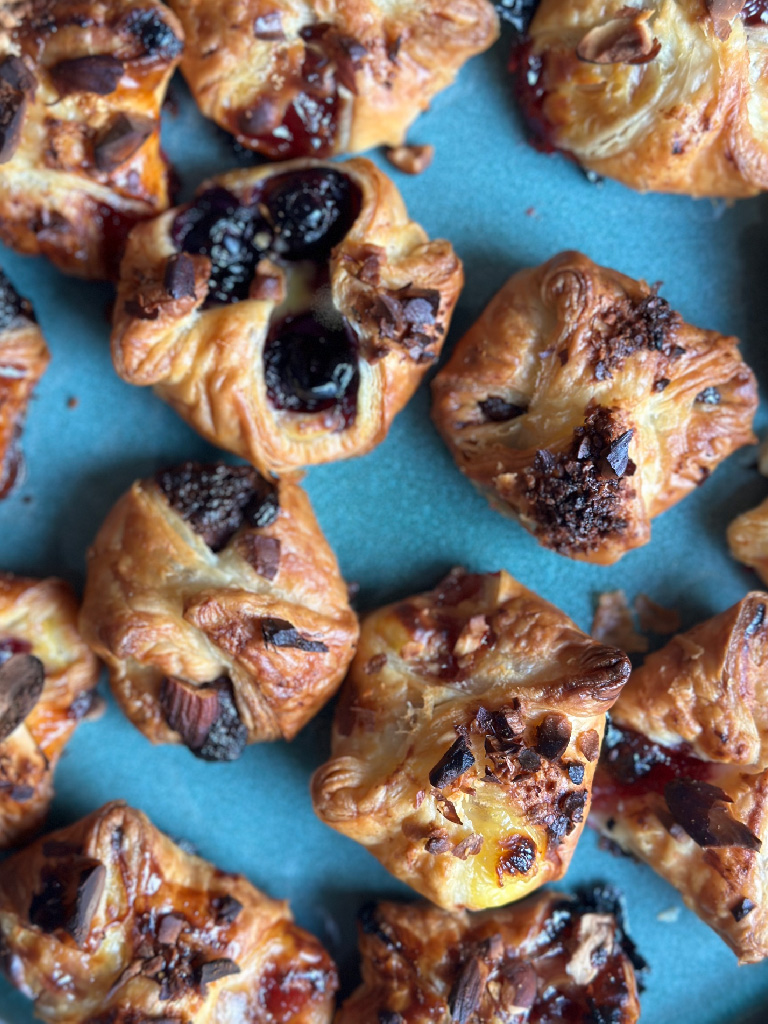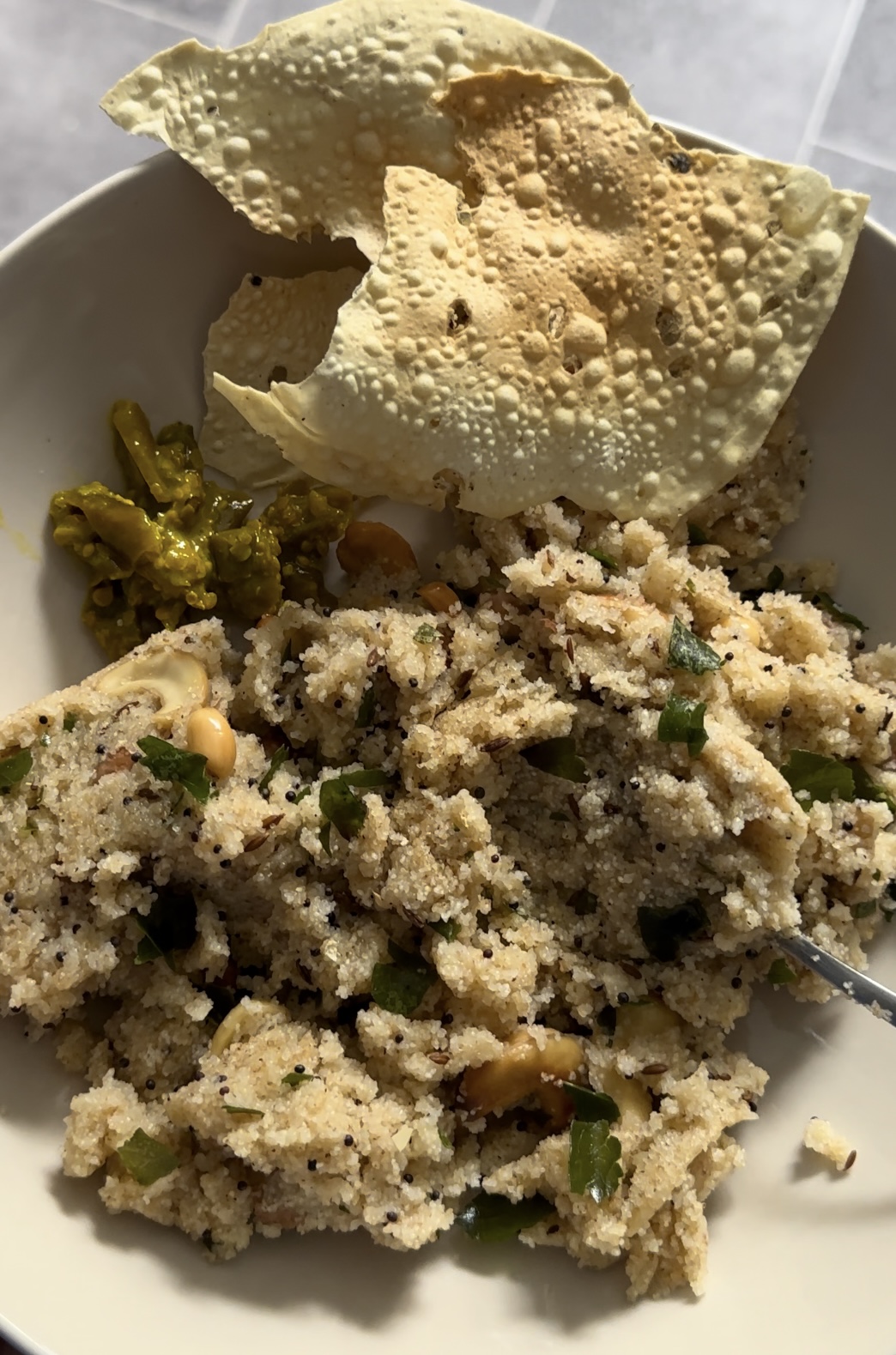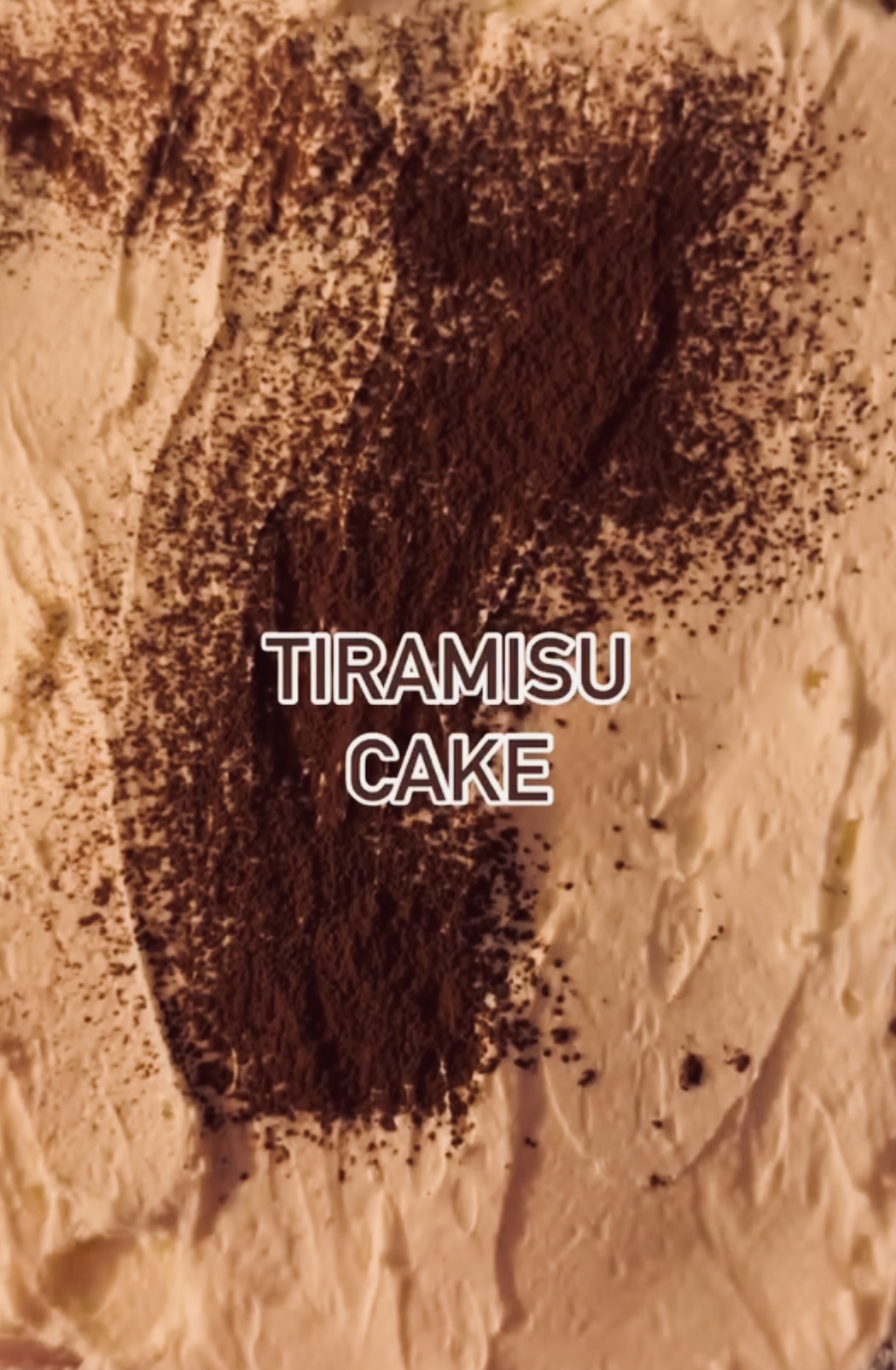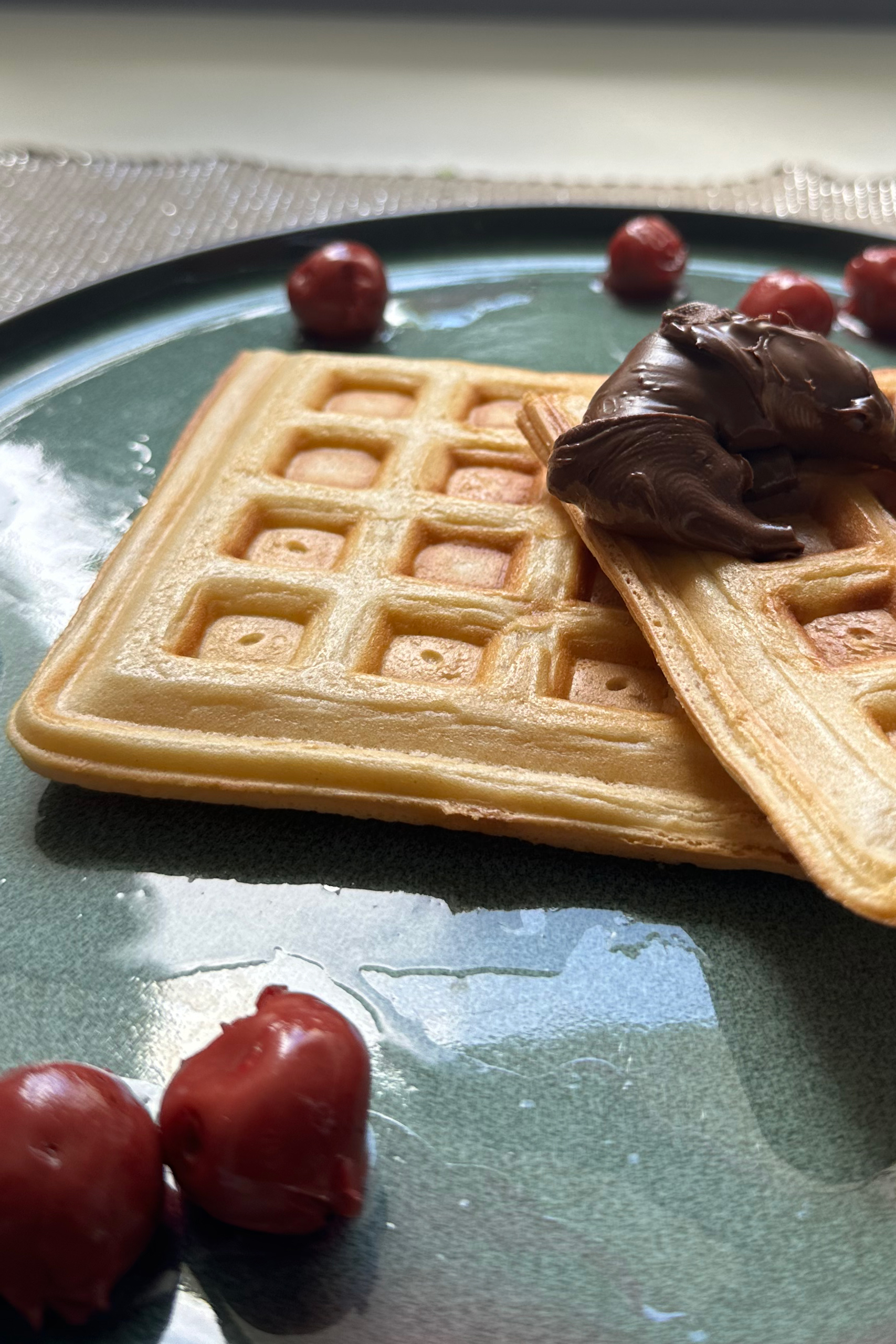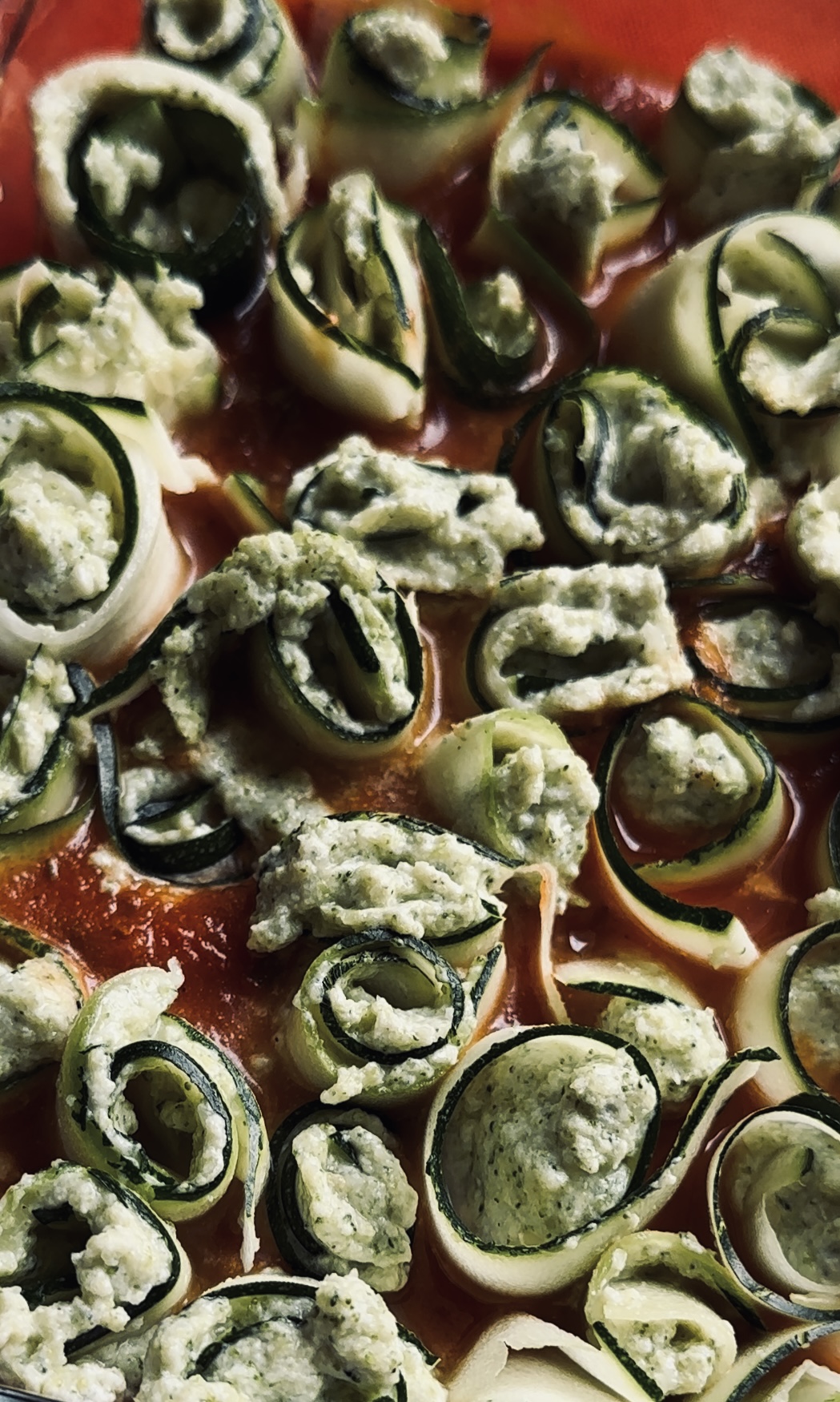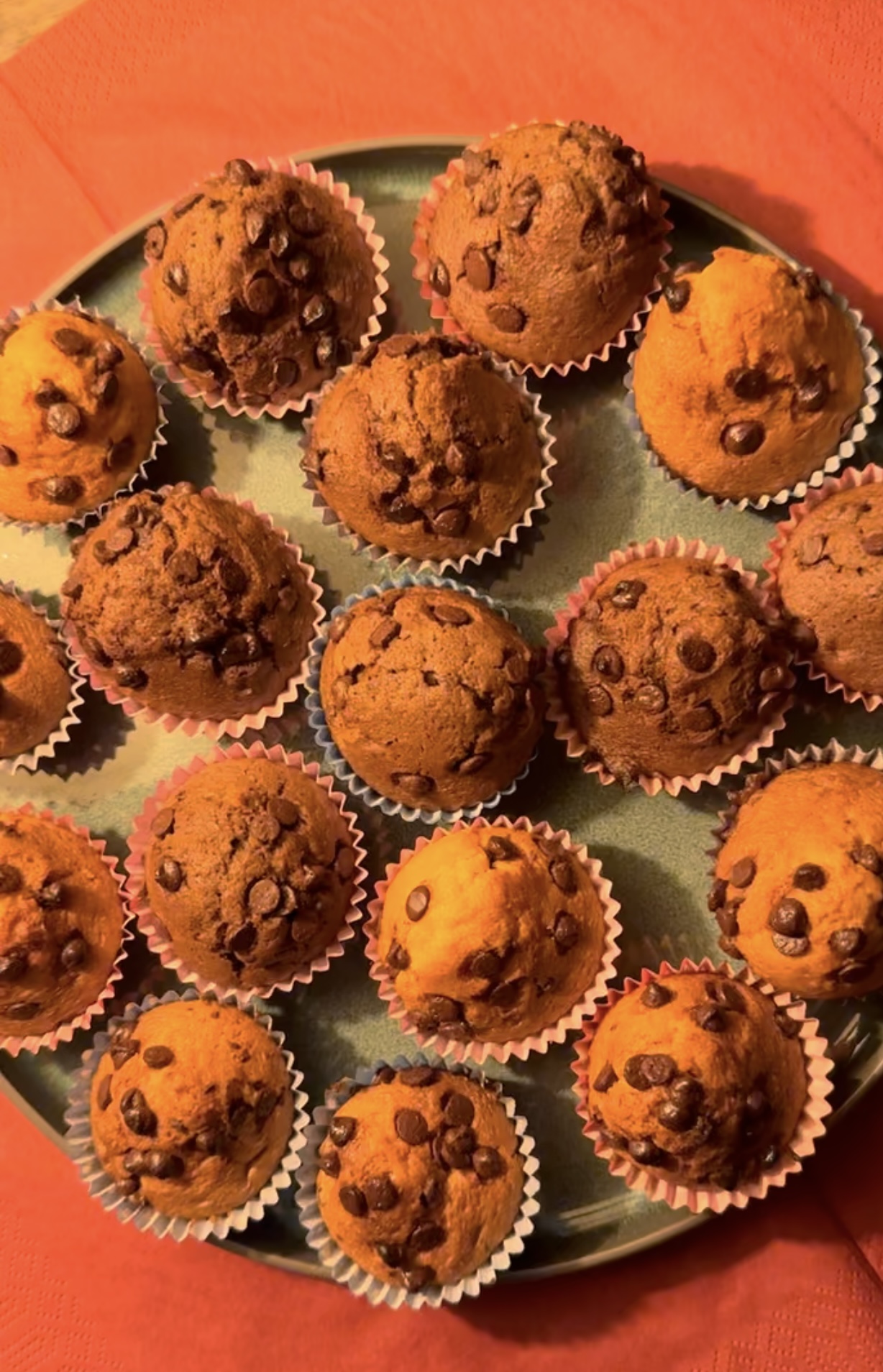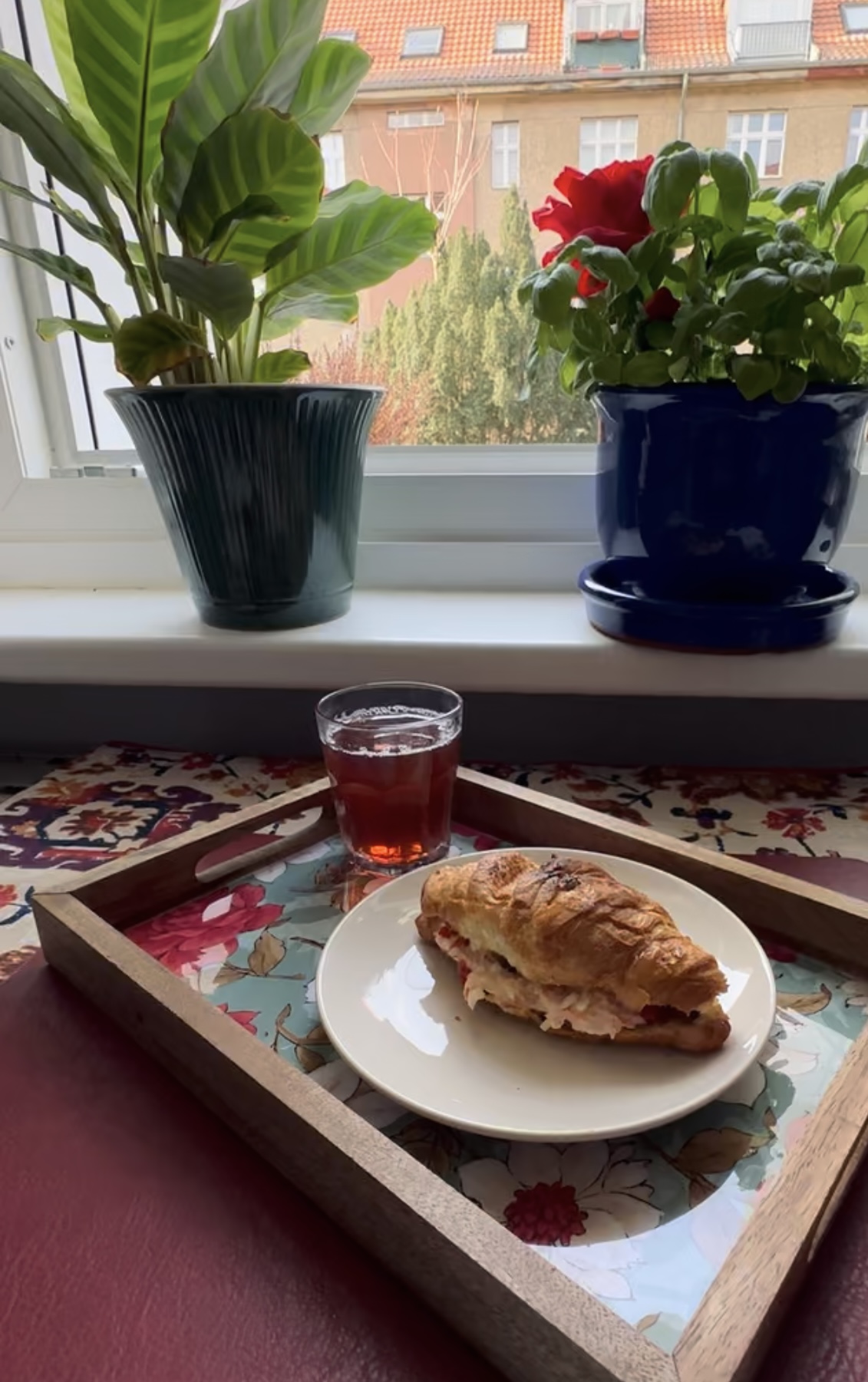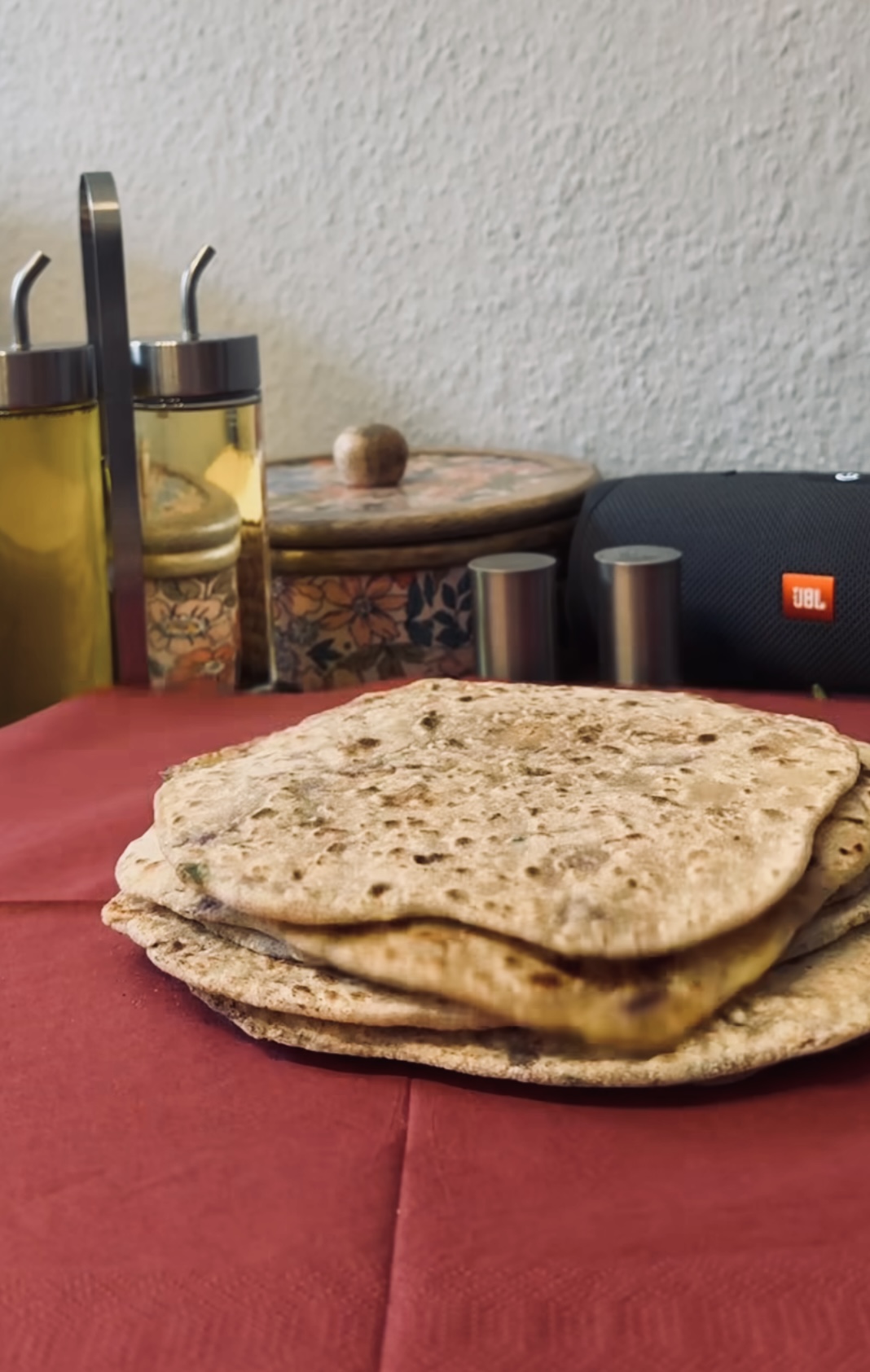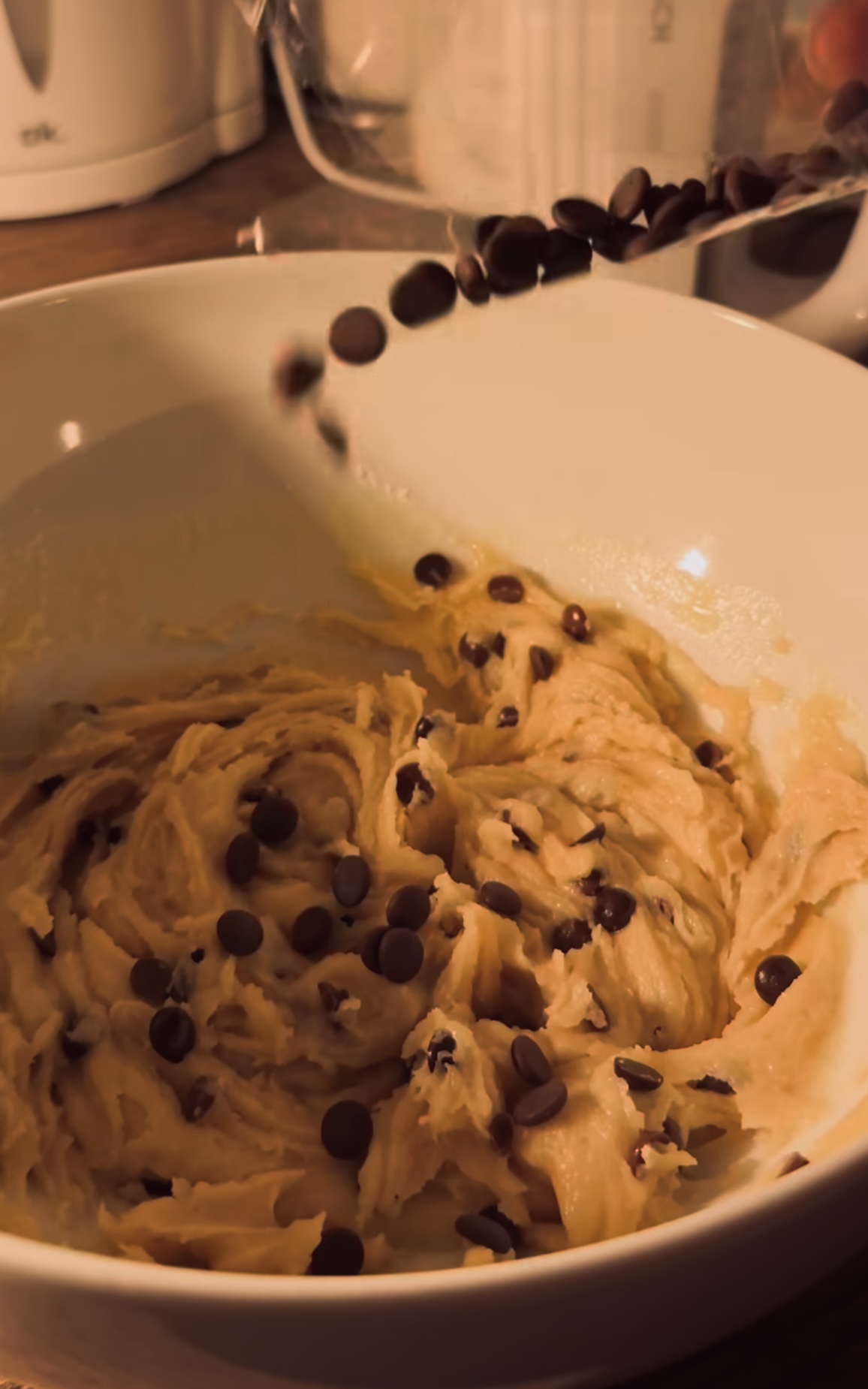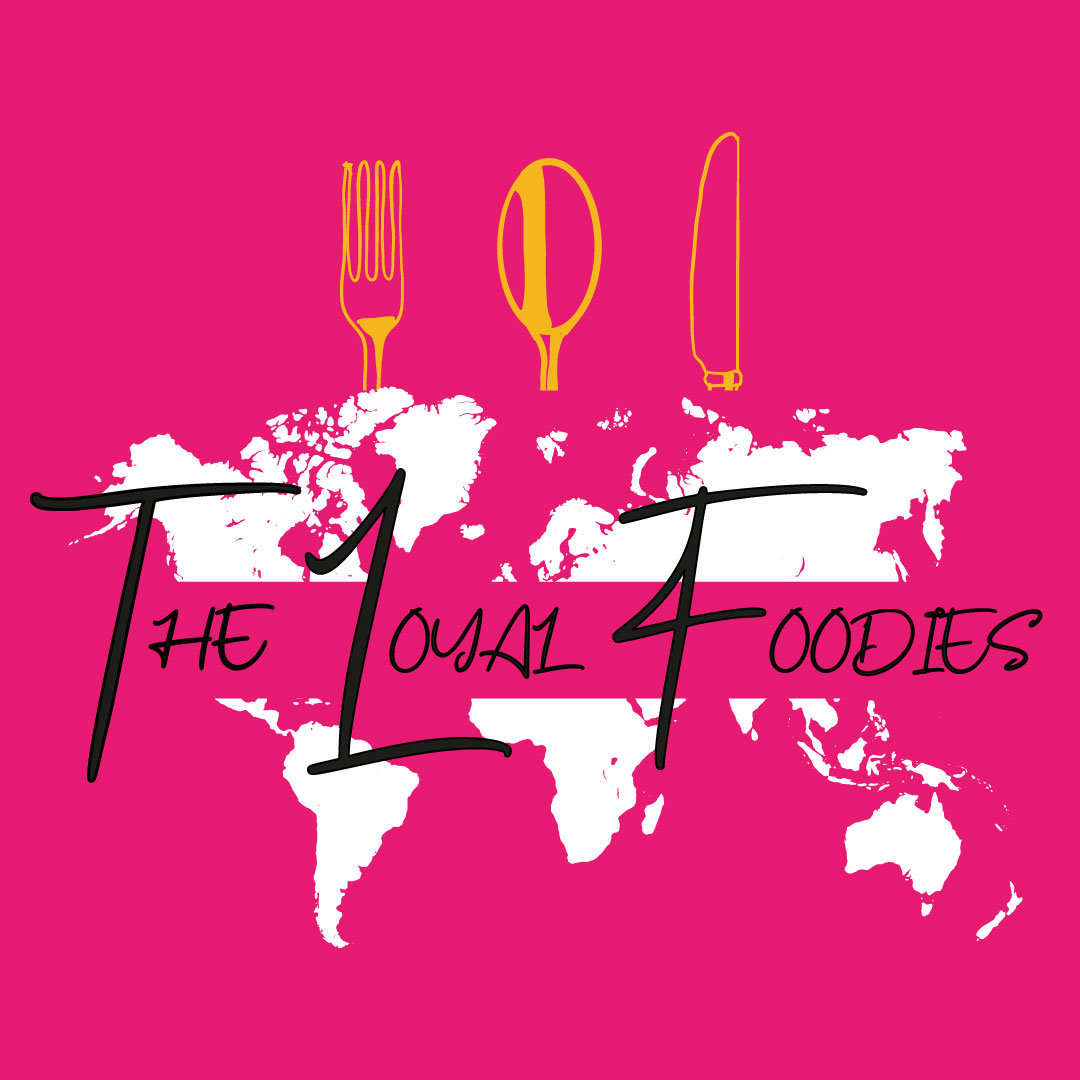A Global Culinary Delight!
Pâte Feuilletée, commonly known as puff pastry, is a light, flaky, and buttery pastry that has enchanted bakers and food enthusiasts around the world for centuries. This versatile dough is the foundation for countless delicious dishes, from savory appetizers to sweet desserts. In this article, we will explore the origins of puff pastry, its various names and forms across different countries, and the myriad ways it can be enjoyed, whether for breakfast, dessert, or a snack.
Origins of Puff Pastry
The precise origins of puff pastry are somewhat unclear, with several theories and legends tracing its roots back to different parts of the world. However, the most widely accepted origin story places its creation in France during the 17th century.
The credit for the invention of puff pastry is often given to French pastry chef Claude Lorrain, who purportedly created it by accident. According to legend, Lorrain, while trying to make a butter cake for his father, inadvertently folded the butter into the dough multiple times, resulting in the flaky, layered pastry we know today. The technique of repeatedly folding and rolling the dough, known as “lamination,” is what gives puff pastry its characteristic layers.
Names and Variants of Puff Pastry Around the World
Puff pastry goes by different names and has various iterations across the globe. Here are some of the most notable variations:
- France – Pâte Feuilletée: In its country of origin, puff pastry is known as “Pâte Feuilletée,” which translates to “leafed dough.” French bakers have perfected the art of making puff pastry, using it in classic dishes like the croissant, pain au chocolat, mille-feuille, and vol-au-vent.
- Italy – Sfoglia: In Italy, puff pastry is called “sfoglia,” and it is used in both sweet and savory dishes. Popular Italian pastries made with sfoglia include sfogliatelle, a shell-shaped pastry filled with sweet ricotta, and millefoglie, the Italian version of mille-feuille.
- Spain – Hojaldre: Spanish puff pastry, known as “hojaldre,” is a staple in Spanish cuisine. It is used to make empanadas, savory turnovers filled with meat or vegetables, as well as sweet treats like palmeras, heart-shaped pastries coated with sugar or chocolate.
- Greece – Phyllo: While not exactly the same as puff pastry, phyllo dough is a similar type of thin, flaky pastry used in Greek cuisine. Phyllo is used to make dishes like baklava, a sweet pastry layered with nuts and honey, and spanakopita, a savory spinach and feta pie.
- Middle East – Mutabbaq: In the Middle East, puff pastry is used to make mutabbaq, a stuffed pastry filled with sweet or savory ingredients. Sweet versions might include nuts and honey, while savory versions often contain spiced meat or cheese.
- Denmark – Winerbrød: Danish pastry, or “wienerbrød,” is a type of laminated dough similar to puff pastry. Danish pastries are known for their buttery, flaky texture and are often filled with fruit, cream cheese, or almond paste.
- Argentina – Facturas: In Argentina, puff pastry is used to make facturas, a variety of pastries enjoyed for breakfast or as a snack. These pastries can be filled with dulce de leche, custard, or jam, and are often topped with a sweet glaze or powdered sugar.
- Germany – Blätterteig: In Germany, puff pastry is known as “Blätterteig,” which translates to “leaf dough.” Blätterteig is used in a variety of German pastries, both sweet and savory, such as apple strudel (Apfelstrudel) and cheese twists (Käsegebäck).
Puff Pastry: A Versatile Delight
Puff pastry’s versatility makes it suitable for a wide range of dishes, from breakfast to dessert to snacks. Here are some popular ways to enjoy puff pastry at different times of the day:
Breakfast
- Croissants: Croissants are perhaps the most famous breakfast item made with puff pastry. These crescent-shaped pastries are light, flaky, and buttery, making them a perfect morning treat. They can be enjoyed plain, filled with chocolate, or even turned into savory breakfast sandwiches with ham and cheese.
- Danish Pastries: Danish pastries, or “wienerbrød,” are another popular breakfast item. These pastries come in various shapes and sizes, often filled with fruit preserves, cream cheese, or almond paste, and topped with a sweet glaze or icing.
- Palmier: Palmier, also known as “elephant ears” or “palm leaves,” are simple yet elegant puff pastry cookies. Made by rolling puff pastry dough into a spiral and baking it until golden and crispy, palmiers are perfect for a light breakfast or snack.
Dessert
- Mille-Feuille: Mille-feuille, also known as “Napoleon,” is a classic French dessert made with layers of puff pastry and pastry cream, topped with powdered sugar or icing. The combination of flaky pastry and creamy filling makes it a decadent treat.
- Apple Turnovers: Apple turnovers are a delightful dessert made by filling puff pastry squares with spiced apple filling, folding them into triangles, and baking until golden brown. These pastries are best served warm with a scoop of vanilla ice cream.
- Éclairs: While traditionally made with choux pastry, some variations of éclairs use puff pastry. These elongated pastries are filled with pastry cream and topped with a chocolate glaze, making them a favorite dessert option.
Snacks
- Savory Puff Pastry Bites: Puff pastry can be used to make a variety of savory snacks, such as cheese straws, spinach and feta pinwheels, and sausage rolls. These bite-sized treats are perfect for parties or as an afternoon snack.
- Vol-au-Vent: Vol-au-vent are small, hollow cases made from puff pastry that can be filled with a variety of savory fillings, such as chicken, mushrooms, or seafood. They make elegant appetizers or light snacks.
- Puff Pastry Tarts: Puff pastry tarts can be made with both sweet and savory toppings. Sweet versions might include fresh fruit and cream, while savory versions can be topped with vegetables, cheese, and herbs.
Health Benefits and Nutritional Value
While puff pastry is undoubtedly a delicious indulgence, it also offers some nutritional benefits, especially when made with high-quality ingredients:
- Source of Carbohydrates: Puff pastry provides a good source of carbohydrates, which are essential for energy. Starting the day with a puff pastry breakfast can give you the energy you need to tackle your morning activities.
- Rich in Fats: The butter or margarine used in puff pastry provides fats, which are important for brain function and overall health. Opting for puff pastry made with high-quality butter can provide healthier fats.
- Versatile for Dietary Needs: Puff pastry can be adapted to fit various dietary needs, including gluten-free, dairy-free, and vegan diets. By using alternative flours, plant-based fats, and other substitutes, everyone can enjoy puff pastry treats.
Making Puff Pastry at Home
Making puff pastry at home can be a rewarding and enjoyable experience. While it requires some time and patience, the results are well worth the effort. Here are some tips for making perfect puff pastry at home:
- Use Cold Ingredients: Keeping the butter and dough cold is crucial for creating the flaky layers in puff pastry. Work quickly to prevent the butter from melting, and chill the dough between folds if necessary.
- Roll Evenly: Roll the dough evenly to ensure consistent layers. Use a ruler to check the thickness and keep the dough as square or rectangular as possible during rolling and folding.
- Proper Folding: The key to puff pastry is the lamination process, which involves folding the dough multiple times. Follow a specific folding pattern, such as a book fold or letter fold, to create the desired layers.
- Resting Time: Allow the dough to rest in the refrigerator between folds. This resting time helps relax the gluten and keeps the butter cold, making the dough easier to work with and resulting in better puff.
- Experiment with Fillings: Puff pastry is incredibly versatile, so don’t be afraid to experiment with different fillings and toppings. Whether sweet or savory, the possibilities are endless.
Pâte Feuilletée, or puff pastry, is a true culinary masterpiece that has found its way into kitchens around the world. Its origins may be rooted in France, but its popularity and versatility have made it a beloved ingredient in many cultures. From breakfast croissants to elegant desserts and savory snacks, puff pastry offers endless possibilities for delicious creations.
Whether you’re a seasoned baker or a beginner, making puff pastry at home can be a rewarding experience. With high-quality ingredients and a little patience, you can create flaky, buttery pastries that will impress family and friends.
So why not try your hand at making puff pastry? Enjoy the process of rolling and folding the dough, experiment with different fillings, and savor the delightful results. Puff pastry is more than just a treat—it’s a testament to the art of baking and the joy of creating something truly special.
Description
Indulge in the flaky and buttery goodness of homemade puff pastry with our Pâte Feuilletée recipe. Perfect for any occasion, these pastries can be filled with a variety of delicious fillings, including fresh cherry marmalade, vanilla pudding with blueberries, and Nutella. Garnished with roasted almonds, these pastries are a delightful treat that everyone will love.
Ingredients
Puff Pastry
Fillings
Garnishing
Instructions
-
Prepare the Cherry Filling:
- Place the fresh cherries in a pan and let them simmer over medium heat.
- Add a little water and continue to simmer.
- Add sugar to taste and cook until the cherries turn into a marmalade-like consistency. Avoid mashing the cherries; let them cook naturally.
-
Prepare the Vanilla Pudding:
- Follow the instructions on the Dr. Oetker Vanilla Pudding premix package to make the pudding.
- Set the pudding aside to cool slightly.
-
Prepare the Puff Pastry:
- Preheat your oven to 375°F (190°C).
- Unroll the puff pastry and cut it into equal small squares.
-
Fill the Pastry Squares:
- On some squares, add a spoonful of the cooked cherry filling.
- On others, add a spoonful of vanilla pudding and a few fresh blueberries.
- On the remaining squares, add a spoonful of Nutella.
-
Fold and Glaze the Pastry:
- Fold the corners of the pastry squares towards the center, sealing them with a bit of water.
- For a glaze, brush the tops with either egg yolk or melted butter.
- Garnish with roasted almonds.
-
Bake the Pastries:
- Place the filled and folded pastry squares on a baking sheet lined with parchment paper.
- Bake for about 20-25 minutes, or until golden brown and puffed.
-
Serve:
- Allow the pastries to cool for a few minutes before serving.
- Enjoy warm or at room temperature.
Nutrition Facts
Servings 2
- Amount Per Serving
- Calories 450kcal
- % Daily Value *
- Total Fat 25g39%
- Saturated Fat 12g60%
- Cholesterol 50mg17%
- Sodium 300mg13%
- Potassium 150mg5%
- Total Carbohydrate 50g17%
- Dietary Fiber 3g12%
- Sugars 20g
- Protein 6g12%
- Vitamin A 800 IU
- Vitamin C 10 mg
- Calcium 100 mg
- Iron 2 mg
* Percent Daily Values are based on a 2,000 calorie diet. Your daily value may be higher or lower depending on your calorie needs.
Note
- Ensure the puff pastry is well-chilled before working with it to maintain its flaky texture.
- Feel free to experiment with other fillings, such as different fruits, custards, or chocolate spreads.
- If you prefer a vegan option, use a plant-based pudding mix and brush the pastries with a non-dairy milk or melted margarine instead of butter or egg yolk.

